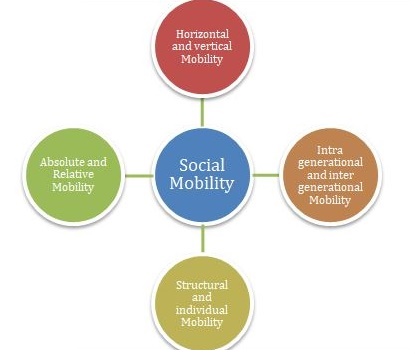

The ensuing demand for education is resulting in more socially segregated communities. The importance of good schooling has increased with technological change. Of particular interest is the observation that upward mobility in educational attainment has significant links to local public education policy. In addition to the differences in family characteristics across neighbourhoods, it has been shown that these correlations are caused by the neighbourhoods themselves. High-mobility areas, where social position tends to change from one generation to the next, exhibit less residential segregation, less income inequality, and better primary schools than areas with lower intergenerational mobility. To understand how unequal school opportunity contributes to differences in social mobility and human capital, Professor Jean Hindriks, Head of the Economics School of Louvain at UCLouvain, Belgium, and Dr Andreu Arenas, Assistant Professor of Economics at the University of Barcelona, have extended the classical Becker-Tomes-Solon parent-child transmission model to include unequal opportunity in their modelling of parental investment into children’s education and intergenerational mobility.Īcross neighbourhoods in the US, there are noticeable differences in intergenerational mobility. Children of different income groups attend schools of different quality.


 0 kommentar(er)
0 kommentar(er)
